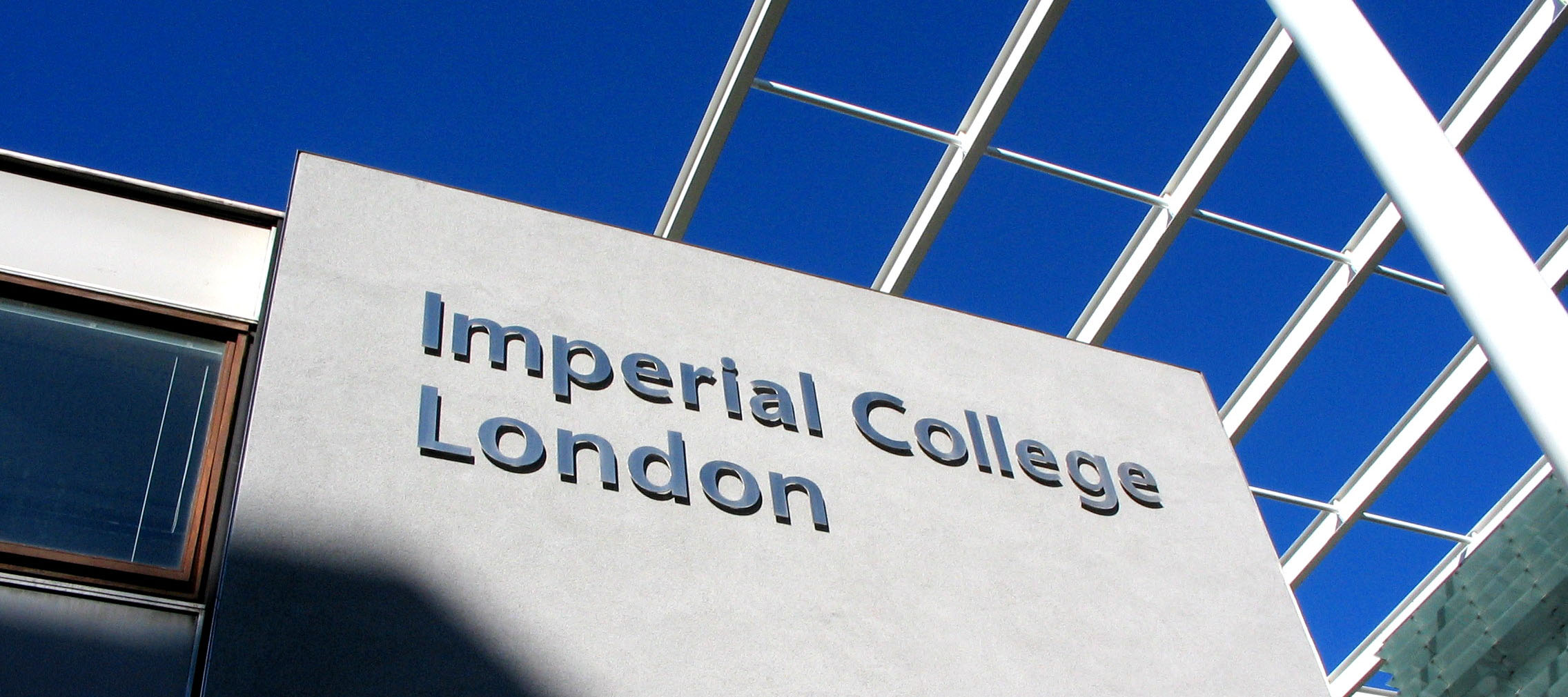The blog had the pleasure of speaking with Imperial College London’s Professor Richard Ian Kitney (Chairman of Institute of Systems & Synthetic Biology as well as Co-director EPSRC Centre for Synthetic Biology and Innovation) at the recent SynBioBeta conference in San Francisco. While the blog is not that much familiar with the synthetic biology industry, it has been hearing several bio-based chemicals and clean technology developments coming out of Imperial College London.
Prof. Kitney talked about UK’s investment in synthetic biology, which is currently around $500 million and focusing on 3 types of projects: Proof of Concept, Prototype (matched by companies/other organizations), Full Industrial Translation (where outside fundings and VCs come in). Most of the advanced projects are in healthcare, pharmaceutical and therapeutics but industrial biotechnology is also slowly coming in although many still in the academic lab.
The UK actually published a roadmap to synthetic biology released in 2012, and a refresher roadmap will soon be released by the end of this year. One of the projects in this roadmap is the establishment of SynbiCITE, the Innovation and Knowledge Centre for Synthetic Biology based at Imperial College in London. The prime objective of SynbiCITE is to accelerate and promote the commercial exploitation of synthetic biology research and technology.
However, as the blog focuses more on the industrial application of synthetic biology, one interesting information is some of the spin-offs from the organization’s incubator tenants such as Econic – developing catalysts that allow for the integration of CO2 in plastics production; and Plaxica – which has developed high-value lactic acid and currently has strategic partnership with INVISTA.
The blog also recently received this news of Imperial College’s recent achievement in nabbing this year’s annual Macnab-Lacey Student Design Prize by the Institute of Chemical Engineers (IChemE), where design projects from various universities in England demonstrates how chemical engineering practice can contribute to a more sustainable world. Students from Imperial College London have been named winners for their design of a biomass-to-liquid technology plant design where solid wastes are collected from municipalities, and reprocess the waste to obtain useful syngas and use a F-T synthesis reactor to convert the syngas into liquid fuels. The main goal of the design was to achieve 50,000 tons of jet fuel production to supply airports in the South-Easat of England. Their design reportedly outperformed the benchmark process of the IChemE on various environmental and economic parameters.
Imperial College won against stiff competition from the University of Manchester (Dimethyl Ether from Shale Flare Gas), Monash University (Production of Furfural from Biogas), University College London (Ammonia from Natural Gas), University of Sydney (Coal Seam Gas Freeze Crystallisation Pilot Plant) and Heriot-Watt University (APIs from Controlled Substances)
Finally, there is an interesting technology called Metal Organic Frameworks (MOFs) that I’ve been hearing about for its great promise in gas storage and separation applications. Earlier this month, Imperial College had a public lecture on its applications for carbon capture presented by Matthew Hill of CSIRO, Australia. You can watch the entire lecture on the video below which is about an hour but I promise, it is very entertaining and informative.




